Nearly Every Day Cassini Sends Back Something Amazing To Sit And Wonder At.





Nearly every day Cassini sends back something amazing to sit and wonder at.
1) Saturn’s rings, 15 July 2014
2) Tethys / Saturn’s rings 14 July 2014
3) Disk of Saturn 14 July 2014
4) Prometheus / F Ring 13 July 2014
5) Pan in the Encke Gap 13 July 2014
All raw and unprocessed images from saturn.jpl.nasa.gov
More Posts from Evisno and Others
In engineering we talk a lot about tools. Some people have a favorite collection of software, some a metaphorical belt filled with tips, tricks, and techniques, and others a literal box or lab bench filled with instruments. In my experience, a good engineer not only maintains all three, but seeks...

Zeta Ophiuchus
A massive star plowing through the gas and dust floating in space. Zeta Oph is a bruiser, with 20 times the Sun’s mass. It’s an incredibly luminous star, blasting out light at a rate 80,000 times higher than the Sun! Even at its distance of 400 light years or so, it should be one of the brightest stars in the sky … yet it actually appears relatively dim to the eye.
Credit: NASA/Hubble

Radar Observations of Asteroid 2014 HQ124
Radar data of asteroid 2014 HQ124 taken over for hours on June 8, 2014, when the asteroid was between 864.000 miles (1.39 million kilometers) and 902.00 miles (1,45 million kilometers) from Earth. The data reveals asteroid 2014 HQ124 to be an elongated, irregular object that is at least 1200 feet (370 meters) wide on it long axis. The radar was obtained using NASA’s 70 meters Goldstone antenna, the same antenna used for communicating with spacecraft in deep space. The Goldstone radar team paired with the Arecibo Observatory (Goldstone sending radar, Arecibo receiving) for the first five frames of this movie in order to collect higher quality data resulting in shaper images. The other frames were made by both sending and receiving with antennas at the Goldstone complex.
Credit: NASA/JPL

NASA’s WISE findings poke hole in black hole ‘doughnut’ theory
A survey of more than 170,000 supermassive black holes, using NASA’s Wide-field Infrared Survey Explorer (WISE), has astronomers reexamining a decades-old theory about the varying appearances of these interstellar objects.
The unified theory of active, supermassive black holes, first developed in the late 1970s, was created to explain why black holes, though similar in nature, can look completely different. Some appear to be shrouded in dust, while others are exposed and easy to see.
The unified model answers this question by proposing that every black hole is surrounded by a dusty, doughnut-shaped structure called a torus. Depending on how these “doughnuts” are oriented in space, the black holes will take on various appearances. For example, if the doughnut is positioned so that we see it edge-on, the black hole is hidden from view. If the doughnut is observed from above or below, face-on, the black hole is clearly visible.
However, the new WISE results do not corroborate this theory. The researchers found evidence that something other than a doughnut structure may, in some circumstances, determine whether a black hole is visible or hidden. The team has not yet determined what this may be, but the results suggest the unified, or doughnut, model does not have all the answers.
Every galaxy has a massive black hole at its heart. The new study focuses on the “feeding” ones, called active, supermassive black holes, or active galactic nuclei. These black holes gorge on surrounding gas material that fuels their growth.
With the aid of computers, scientists were able to pick out more than 170,000 active supermassive black holes from the WISE data. They then measured the clustering of the galaxies containing both hidden and exposed black holes — the degree to which the objects clump together across the sky.
If the unified model was true, and the hidden black holes are simply blocked from view by doughnuts in the edge-on configuration, then researchers would expect them to cluster in the same way as the exposed ones. According to theory, since the doughnut structures would take on random orientations, the black holes should also be distributed randomly. It is like tossing a bunch of glazed doughnuts in the air — roughly the same percentage of doughnuts always will be positioned in the edge-on and face-on positions, regardless of whether they are tightly clumped or spread far apart.
But WISE found something totally unexpected. The results showed the galaxies with hidden black holes are more clumped together than those of the exposed black holes. If these findings are confirmed, scientists will have to adjust the unified model and come up with new ways to explain why some black holes appear hidden.
Image credit: NASA/JPL-Caltech

New supernova likely arose from massive Wolf-Rayet star
They’ve been identified as possible causes for supernovae for a while, but until now, there was a lack of evidence linking massive Wolf-Rayet stars to these star explosions. A new study was able to find a “likely” link between this star type and a supernova called SN 2013cu, however.
“When the supernova exploded, it flash ionized its immediate surroundings, giving the astronomers a direct glimpse of the progenitor star’s chemistry. This opportunity lasts only for a day before the supernovablast wave sweeps the ionization away. So it’s crucial to rapidly respond to a young supernova discovery to get the flash spectrum in the nick of time,” the Carnegie Institution for Science wrote in a statement.
“The observations found evidence of composition and shape that aligns with that of a nitrogen-rich Wolf-Rayet star. What’s more, the progenitor star likely experienced an increased loss of mass shortly before the explosion, which is consistent with model predictions for Wolf-Rayet explosions.”
The star type is known for lacking hydrogen (in comparison to other stars) — which makes it easy to identify spectrally — and being large (upwards of 20 times more massive than our Sun), hot and breezy, with fierce stellar winds that can reach more than 1,000 kilometres per second. This particular supernova was spotted by the Palomar 48-inch telescope in California, and the “likely progenitor” was found about 15 hours after the explosion.
Researchers also noted that the new technique, called “flash spectroscopy”, allows them to look at stars over a range of about 100 megaparsecs or more than 325 million light years — about five times further than what previous observations with the Hubble Space Telescope revealed.
Image credit: ESO

Cosmic horseshoe is not the lucky beacon
A UC Riverside-led team of astronomers use observations of a gravitationally lensed galaxy to measure the properties of the early universe
Although the universe started out with a bang it quickly evolved to a relatively cool, dark place. After a few hundred thousand years the lights came back on and scientists are still trying to figure out why.
Astronomers know that reionization made the universe transparent by allowing light from distant galaxies to travel almost freely through the cosmos to reach us.
However, astronomers don’t fully understand the escape rate of ionizing photons from early galaxies. That escape rate is a crucial, but still a poorly constrained value, meaning there are a wide range of upper and lower limits in the models developed by astronomers.
That limitation is in part due to the fact that astronomers have been limited to indirect methods of observation of ionizing photons, meaning they may only see a few pixels of the object and then make assumptions about unseen aspects. Direct detection, or directly observing an object such as a galaxy with a telescope, would provide a much better estimate of their escape rate.
In a just-published paper, a team of researchers, led by a University of California, Riverside graduate student, used a direct detection method and found the previously used constraints have been overestimated by five times.
“This finding opens questions on whether galaxies alone are responsible for the reionization of the universe or if faint dwarf galaxies beyond our current detection limits have higher escape fractions to explain radiation budget necessary for the reionization of the universe,” said Kaveh Vasei, the graduate student who is the lead author of the study.
It is difficult to understand the properties of the early universe in large part because this was more than 12 billion year ago. It is known that around 380,000 years after the Big Bang, electrons and protons bound together to form hydrogen atoms for the first time. They make up more than 90 percent of the atoms in the universe, and can very efficiently absorb high energy photons and become ionized.
However, there were very few sources to ionize these atoms in the early universe. One billion years after the Big Bang, the material between the galaxies was reionized and became more transparent. The main energy source of the reionization is widely believed to be massive stars formed within early galaxies. These stars had a short lifespan and were usually born in the midst of dense gas clouds, which made it very hard for ionizing photons to escape their host galaxies.
Previous studies suggested that about 20 percent of these ionizing photons need to escape the dense gas environment of their host galaxies to significantly contribute to the reionization of the material between galaxies.
Unfortunately, a direct detection of these ionizing photons is very challenging and previous efforts have not been very successful. Therefore, the mechanisms leading to their escape are poorly understood.
This has led many astrophysicists to use indirect methods to estimate the fraction of ionizing photons that escape the galaxies. In one popular method, the gas is assumed to have a “picket fence” distribution, where the space within galaxies is assumed to be composed of either regions of very little gas, which are transparent to ionizing light, or regions of dense gas, which are opaque. Researchers can determine the fraction of each of these regions by studying the light (spectra) emerging from the galaxies.
In this new UC Riverside-led study, astronomers directly measured the fraction of ionizing photons escaping from the Cosmic Horseshoe, a distant galaxy that is gravitationally lensed. Gravitational lensing is the deformation and amplification of a background object by the curving of space and time due to the mass of a foreground galaxy. The details of the galaxy in the background are therefore magnified, allowing researchers to study its light and physical properties more clearly.
Based on the picket fence model, an escape fraction of 40 percent for ionizing photons from the Horseshoe was expected. Therefore, the Horseshoe represented an ideal opportunity to get for the first time a clear, resolved image of leaking ionizing photons to help understand the mechanisms by which they escape their host galaxies.
The research team obtained a deep image of the Horseshoe with the Hubble Space Telescope in an ultraviolet filter, enabling them to directly detect escaping ionizing photons. Surprisingly, the image did not detect ionizing photons coming from the Horseshoe. This team constrained the fraction of escaping photons to be less than 8 percent, five times smaller than what had been inferred by indirect methods widely used by astronomers.
“The study concludes that the previously determined fraction of escaping ionizing radiation of galaxies, as estimated by the most popular indirect method, is likely overestimated in many galaxies,” said Brian Siana, co-author of the research paper and an assistant professor at UC Riverside.
“The team is now focusing on direct determination the fraction of escaping ionizing photons that do not rely on indirect estimates.”

Merging galaxies and droplets of starbirth
The Universe is filled with objects springing to life, evolving and dying explosive deaths. This new image from the NASA/ESA Hubble Space Telescope captures a snapshot of some of this cosmic movement. Embedded within the egg-shaped blue ring at the centre of the frame are two galaxies. These galaxies have been found to be merging into one and a “chain” of young stellar superclusters are seen winding around the galaxies’ nuclei.
At the centre of this image lie two elliptical galaxies, part of a galaxy cluster known as [HGO2008]SDSS J1531+3414, which have strayed into each other’s paths. While this region has been observed before, this new Hubble picture shows clearly for the first time that the pair are two separate objects. However, they will not be able to hold on to their separate identities much longer, as they are in the process of merging into one.
Finding two elliptical galaxies merging is rare, but it is even rarer to find a merger between ellipticals rich enough in gas to induce star formation. Galaxies in clusters are generally thought to have been deprived of their gaseous contents; a process that Hubble has recently seen in action. Yet, in this image, not only have two elliptical galaxies been caught merging but their newborn stellar population is also a rare breed.
The stellar infants — thought to be a result of the merger — are part of what is known as “beads on a string” star formation. This type of formation appears as a knotted rope of gaseous filaments with bright patches of new stars and the process stems from the same fundamental physics which causes rain to fall in droplets, rather than as a continuous column.
Nineteen compact clumps of young stars make up the length of this “string”, woven together with narrow filaments of hydrogen gas. The star formation spans 100,000 light years, which is about the size of our galaxy, the Milky Way. The strand is dwarfed, however, by the ancient, giant merging galaxies that it inhabits. They are about 330,000 light years across, nearly three times larger than our own galaxy. This is typical for galaxies at the centre of massive clusters, as they tend to be the largest galaxies in the Universe.
The electric blue arcs making up the spectacular egg-like shape framing these objects are a result of the galaxy cluster’s immense gravity. The gravity warps the space around it and creates bizarre patterns using light from more distant galaxies.
Image credit: NASA, ESA/Hubble and Grant Tremblay (European Southern Observatory)
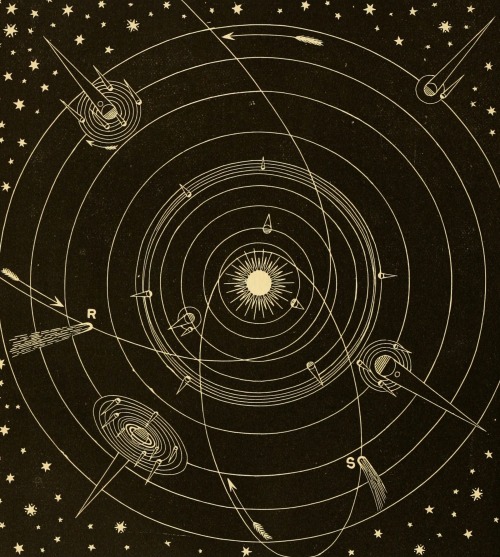
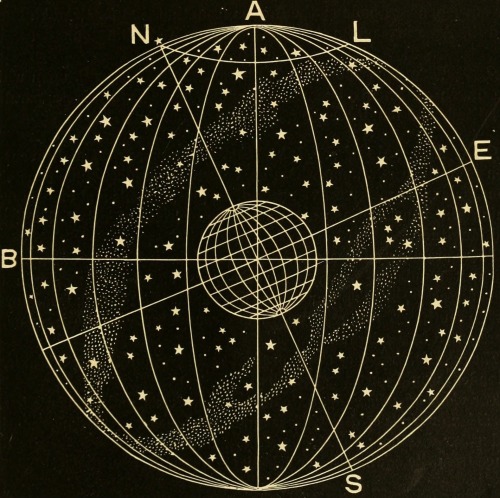
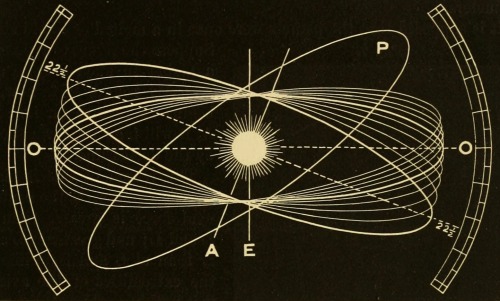
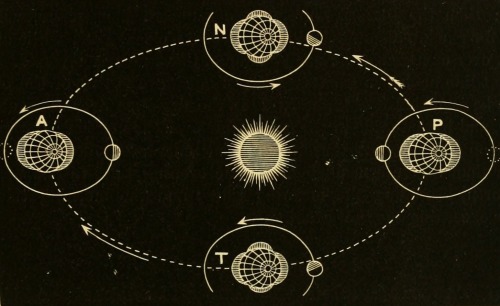
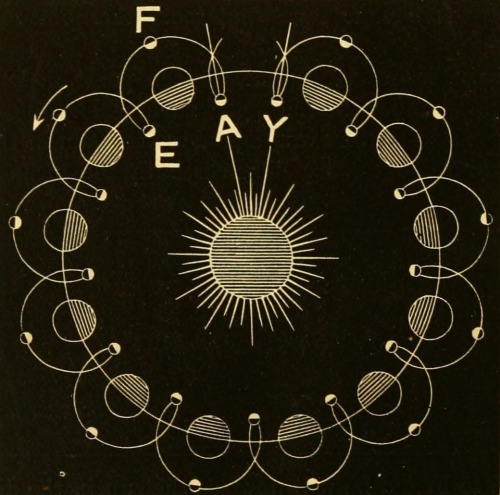
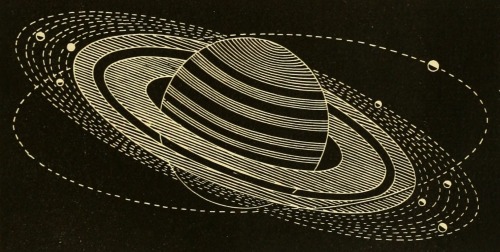
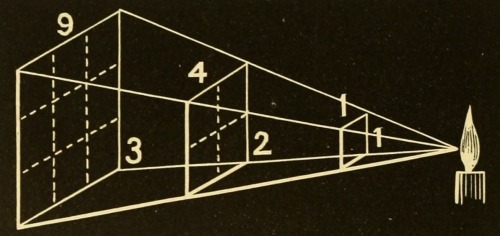
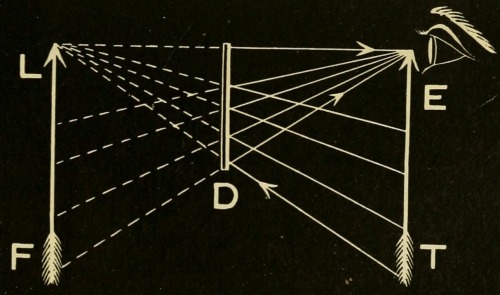
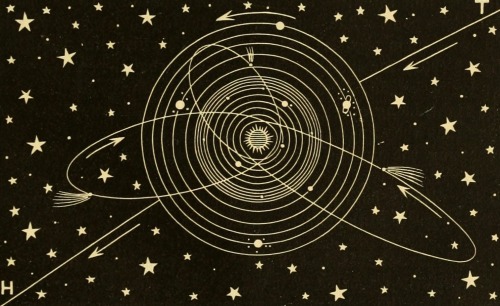
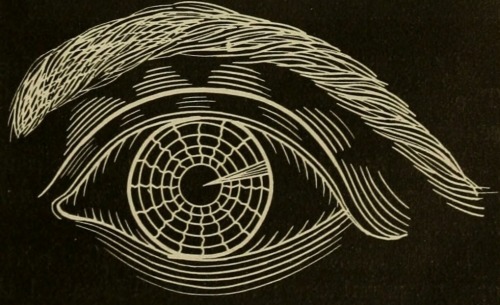
Frank G. Johnson. Solar System, Celestial and Terrestrial Latitude, The Ecliptic, Spring and Neap Tides, The Moon’s Path Around the Sun, Saturn’s Rings, Intensity of Light at Different Distances, The Optics of Plane Mirrors, The Orbit of the Sun, Method of Adjusting the Pupil or Aperture of the Eye. Johnson’s Natural Philosophy, and Key to Philosophical Charts. 1872.

The making of Polylion
-
 lapoesiaelamerce liked this · 9 years ago
lapoesiaelamerce liked this · 9 years ago -
 leadbutt liked this · 9 years ago
leadbutt liked this · 9 years ago -
 respawneddead reblogged this · 9 years ago
respawneddead reblogged this · 9 years ago -
 space-hideaway reblogged this · 9 years ago
space-hideaway reblogged this · 9 years ago -
 carolcosmic reblogged this · 10 years ago
carolcosmic reblogged this · 10 years ago -
 icosmicwoman liked this · 10 years ago
icosmicwoman liked this · 10 years ago -
 evisno reblogged this · 10 years ago
evisno reblogged this · 10 years ago -
 partegris liked this · 10 years ago
partegris liked this · 10 years ago -
 pocketphoenix liked this · 10 years ago
pocketphoenix liked this · 10 years ago -
 heartsoul1975 liked this · 10 years ago
heartsoul1975 liked this · 10 years ago -
 ashrinetotheeverblack liked this · 10 years ago
ashrinetotheeverblack liked this · 10 years ago -
 maximusglime liked this · 10 years ago
maximusglime liked this · 10 years ago -
 lizpreciosa liked this · 10 years ago
lizpreciosa liked this · 10 years ago -
 astronomyandastrophotography reblogged this · 10 years ago
astronomyandastrophotography reblogged this · 10 years ago -
 shudaisdrybones liked this · 10 years ago
shudaisdrybones liked this · 10 years ago -
 beta-leonis liked this · 10 years ago
beta-leonis liked this · 10 years ago -
 kittenclayton reblogged this · 10 years ago
kittenclayton reblogged this · 10 years ago -
 kittenclayton liked this · 10 years ago
kittenclayton liked this · 10 years ago -
 thesilvermillennial reblogged this · 10 years ago
thesilvermillennial reblogged this · 10 years ago -
 gottakeepahead reblogged this · 10 years ago
gottakeepahead reblogged this · 10 years ago -
 apogee-dwell liked this · 10 years ago
apogee-dwell liked this · 10 years ago -
 fernando1me reblogged this · 10 years ago
fernando1me reblogged this · 10 years ago -
 fernando1me liked this · 10 years ago
fernando1me liked this · 10 years ago -
 vajohna reblogged this · 10 years ago
vajohna reblogged this · 10 years ago


